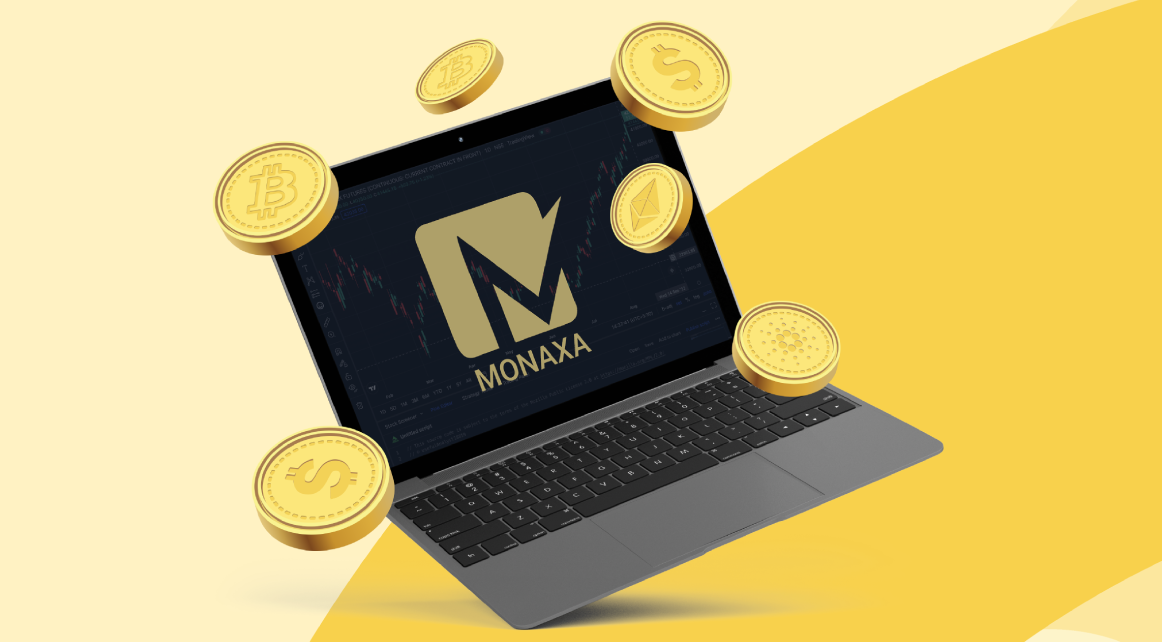Understanding Slippage: Why It’s Not Monaxa’s Fault.
Slippage is a common occurrence in trading that often frustrates traders. However, it’s important to understand that in many cases, slippage isn’t our fault.
What is Slippage?
Slippage occurs when the execution price of a trade differs from the expected price. It can happen in both directions – positive slippage (better price) or negative slippage (worse price). While negative slippage is more noticeable, both types are part of normal market operations.
Why Slippage Occurs
- Market Volatility The most common cause of slippage is market volatility. In fast-moving markets, prices can change in milliseconds. By the time your order reaches the market, the price may have moved.
- Liquidity In less liquid markets or during off-hours, the spread between bid and ask prices can widen, leading to more significant slippage.
- Order Types Market orders are more prone to slippage than limit orders. With market orders, you’re essentially agreeing to take the best available price at execution time.
- Order Size Large orders may need to be filled at multiple price levels, potentially leading to slippage.
- News Events Major news releases can cause sudden price jumps, resulting in slippage.
Why It’s Not Monaxa’s Fault
- Even with high-speed connections, there’s always a tiny delay between when you click “trade” and when the order reaches the market.
- Monaxa doesn’t control the market. We’re subject to the same price fluctuations as traders.
- Monaxa is required by license and regulatory practices to execute trades at the most favorable terms for our clients.
- We aggregate prices from multiple liquidity providers. The price you see might change by the time your order reaches these providers.
- We may be forced to widen spreads or increase slippage tolerance to protect ourselves from losses. We try to avoid it but it is a standard industry practice.
Avoiding Slippage
While you can’t eliminate slippage entirely, you can take steps to minimize it:
- Use Limit Orders: These allow you to set a maximum (or minimum) price you’re willing to accept.
- Avoid Trading During Volatile Times: If possible, steer clear of major news releases or market opens. Check the economic calendar on monaxa.com.
- Consider Your Order Size: Breaking large orders into smaller ones might help.
Understanding Monaxa Policies
It’s crucial to understand Moanxa’s policies on slippage:
- We do not requote when prices move beyond a certain threshold.
- We do have “slippage tolerance” settings and it’s dynamic depending on volatility.
- We do not have asymmetric slippage which offers more favorable treatment of slippage that benefits us.
The Bottom Line
While frustrating, slippage is a normal part of trading, especially in fast-moving markets. It’s not always indicative of a “bad broker”. By understanding why slippage occurs and how to avoid it, you can approach your trading with more realistic expectations and potentially improve your results.
Remember, if you consistently experience unusually high levels of slippage, it might be worth discussing it with us. Maybe we can offer alternative solutions on a bespoke level. However, some degree of slippage is inevitable in any trading environment.











